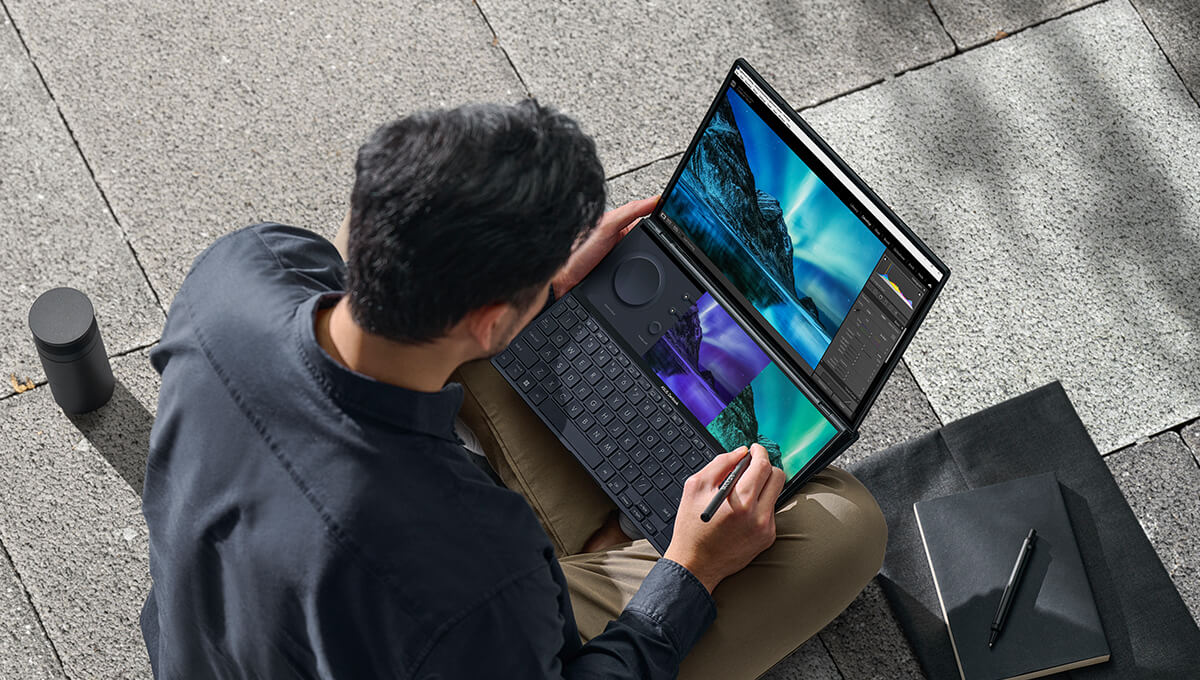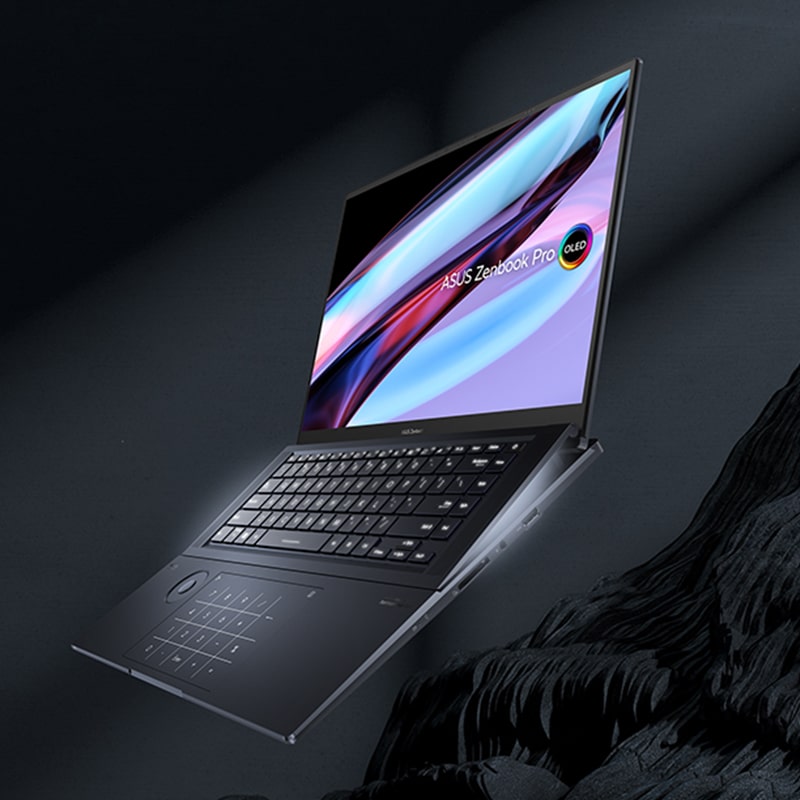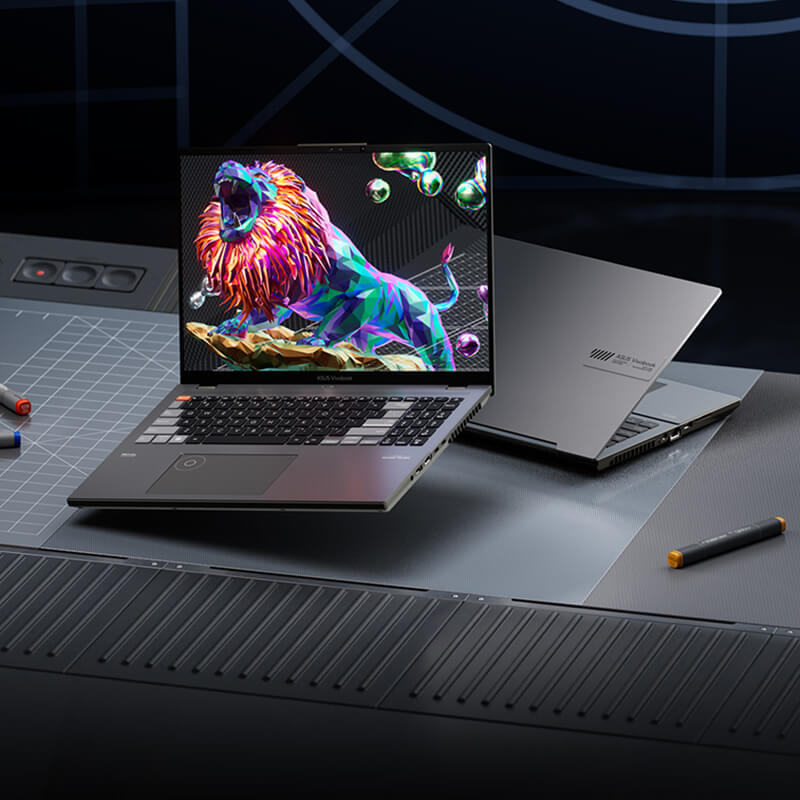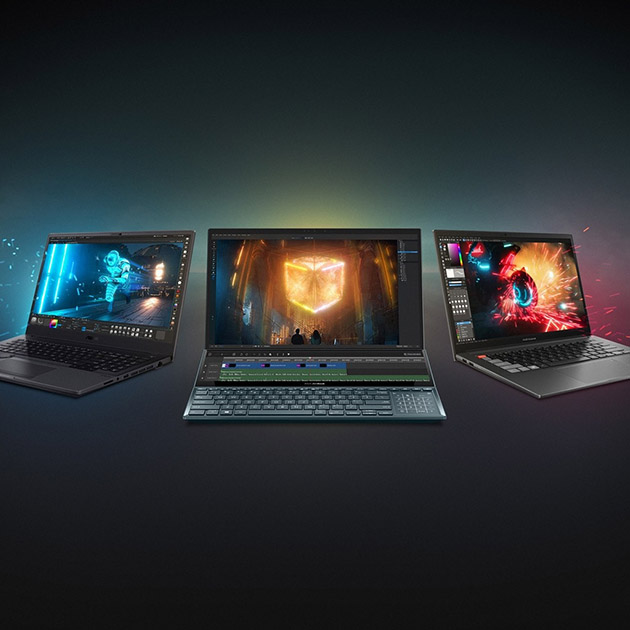
Aug 31, 2023
If you’re reading this, there is a good chance you’re in the market
for a new laptop. And maybe while doing research and checking laptop
specs, you came across terms like “discrete graphics”, “dedicated
GPU”, “integrated GPU” … and you started wondering what exactly the
difference is and which one is suitable for your needs.
This article aims to explain the two variants and provide some
pointers on how to choose the one that best fits your needs.
How Do GPUs Work?
A graphics processing unit (GPU) is a printed circuit board
responsible for processing image-related data. Long story short, it
translates a series of electrical impulses into commands for the
display, “telling” it which pixels should light up at a given time.
How does that work? It’s a very complex process, but we’ll simplify
things and provide a general idea of the process.
Everything you do on your laptop — moving the mouse or pressing the
buttons on your keyboard — sends information to the CPU (central
processing unit, aka processor) for processing. Part of the data
that the CPU receives is related to imagery. The CPU sends this
information to the GPU. The GPU then translates that data into
information that it then sends to the display. If you are curious to
learn more, Intel provides more info about
what GPUs are and how they work
in the linked article.
What Is a Discrete GPU?
A discrete or dedicated GPU, aka dGPU, is a graphics processor that
is separate from the CPU chip. This type of GPU is usually used in
high-end, specialized laptops designed for content creation or
gaming. It’s powered independently from the CPU, allowing the CPU to
work at its fullest processing capacity without sharing power.
Some examples of discrete graphics cards are AMD Radeon™ RX series
or the NVIDIA® GeForce RTX™ GPUs.
Pros
Dedicated graphics are much more robust than an integrated GPU and
are capable of handling heavy graphical tasks like content creation
or gaming.
Since it’s not sharing power with the CPU, the processor can direct
all its power to its own processes, therefore effectively boosting
the CPU performance. That’s the reason why the CPU of a laptop with
a dGPU can often outperform its equivalent in a laptop with only
integrated graphics.
In addition, some powerful dedicated graphics cards feature ray
tracing. This technology offers a superior viewing experience,
especially while gaming or working with 3D content. If this sounds
like something you do, you may want to seriously consider buying a
laptop with a GPU that supports ray tracing.
It’s worth mentioning that many laptops that feature dedicated GPUs
still do have an integrated graphics card built into the CPU chip.
Such laptops can switch between the dGPU and iGPU. This
functionality is enabled by an MUX switch, as featured in some
higher-end gaming and creator laptops. When processing demands are
low, the laptop will route the graphical processes to the integrated
graphics card for the sake of efficiency.
In some cases, the display connection port — e.g., the HDMI, USB-C
or DisplayPort — is directly connected to the GPU, ensuing a speedy
connection.
Cons
Since the dedicated GPU is powered independently of the CPU, the
battery life can suffer. After all, instead of having to power one
chip, there are two separate components that require energy to work.
This is often customizable if MUX switch is available, however.
Laptops equipped with MUX switch can stay very efficient when not
processing heavy graphical tasks.
In addition, a discrete GPU requires more space — for the chip
itself, as well as power components and cooling. That translates
into a bit of added weight, and a bit of added thickness.
What is an Integrated GPU?
The most common type of laptop GPU is the integrated variety, aka an
iGPU. Unless a laptop is built for heavy workloads, there is a good
chance it has only an integrated GPU.
Such graphics processors are built into the same chip as the CPU,
sharing power. They are perfect for handling most everyday tasks.
Modern integrated GPUs are capable of executing some more advanced
tasks, such as light content creation or casual gaming.
Examples of a popular integrated GPU would be Intel® Iris Xe
graphics or AMD Radeon™ graphics.
Pros
The big advantage of an integrated GPU is its efficiency. It lives
on the same motherboard as the CPU, therefore sharing its power. It
also generates very little heat, which helps laptop performance by
avoiding performance loss caused by throttling (a safe-switch in
computer components that slows down their operation to prevent
overheating and permanent damage).
An iGPU also takes very little space, allowing for extremely thin
and light chassis. Laptops with only integrated graphics tend to
cost less.
Cons
On the downside, integrated GPUs may not be able to handle some
heavier graphics processes, such as video editing or 3D content
rendering. Since it shares power with the CPU, when both are
operating, neither is able to reach its full potential.
However, keep in mind that most everyday tasks, such as word
processing or surfing the internet put very little strain on a GPU,
meaning nearly all the power is directed towards the CPU for smooth
operation.
Who Should Opt for a Discrete Laptop GPU?
Discrete GPUs are a must for content creators or gamers. When
processing heavy files and executing complex processes such as video
editing or 3D graphics rendering, or running the latest AAA game
release, you will need all the power you can get.
And that goes for both the CPU and the GPU. If your CPU cannot
perform at its best because it’s sharing power with the GPU, it
could slow down productivity or games.
Who Should Opt for an Integrated GPU?
The vast majority of users will be perfectly fine with integrated
graphics. If you are planning to use your laptop only for common
tasks like browsing the internet, watching videos, working in the
Microsoft Office suite, attending video calls, or even light gaming,
an iGPU should be adequate.
An iGPU also allows for a thinner, lighter body, and may also enable
a larger battery for increased battery life. These are key laptop
characteristics for those frequently on the go.
Finally, if you are on a tight budget, you’ll want to opt for a
laptop that features an iGPU. The iGPU means one less component and
a less robust cooling solution, which results in a lower price.
Other Considerations When Choosing a Laptop
Of course, you should not choose a laptop based solely on its GPU.
Other important considerations are the CPU type, device weight and
dimensions, display technology, and of course, price.
On the other hand, you need to keep in mind that the GPUs cannot be
upgraded in a laptop. Users who need more power than their laptop
GPU can offer will need to buy a new machine.
We often recommend that if you are on the fence between two laptops,
opt for the one with higher specs. So, if you foresee yourself
potentially needing a laptop that can handle heavier tasks in the
future, investing in a laptop with more robust GPU and CPU can save
you money in the long term.
Below are some excellent laptop options on offer from ASUS. Enjoy
exploring!
Discover ASUS Laptops











